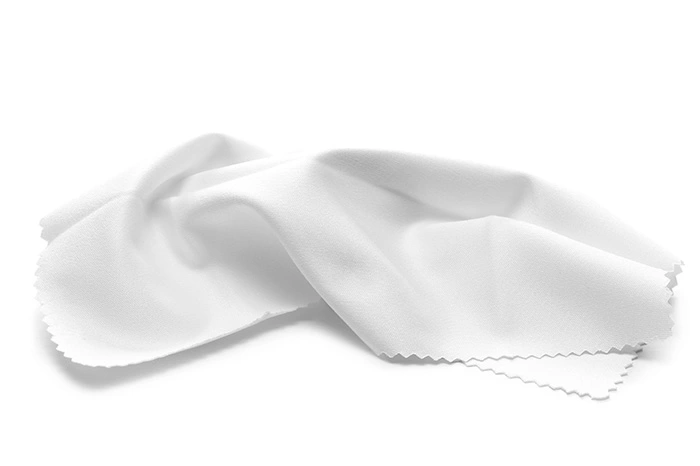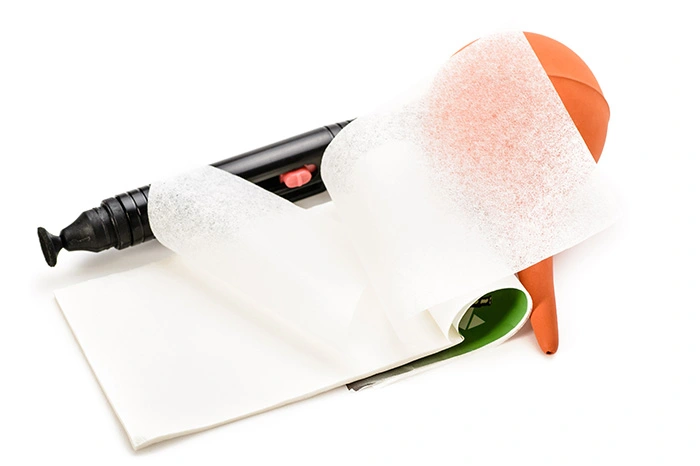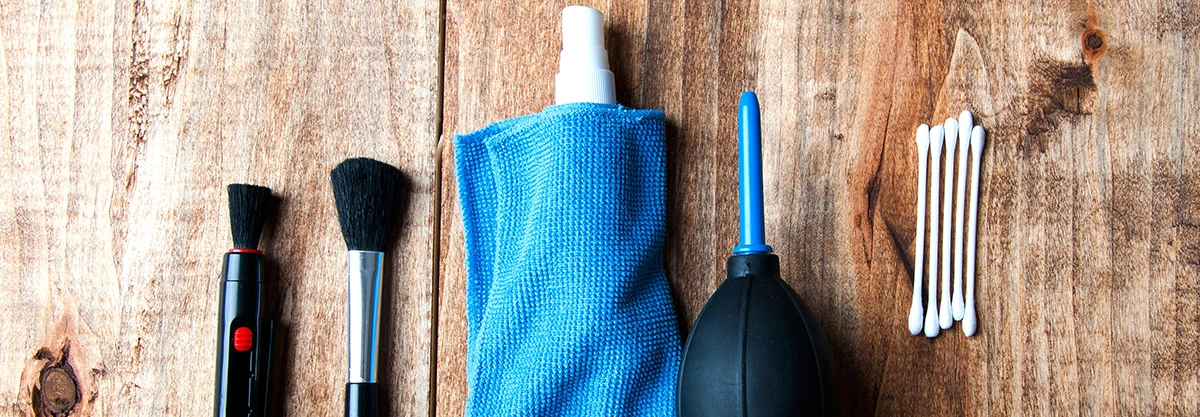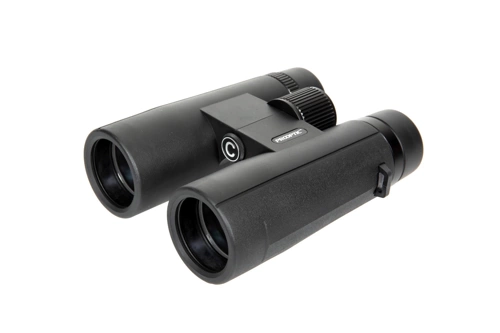Cleaning optics - effective tips
Today we will cover a very important topic, which is the cleaning of optics in the broadest sense. A telescope objective, binoculars, a microscope lens, an eyepiece for a telescope, or even ordinary corrective eyeglasses - all these accessories contain optics, and therefore glass that can easily get dirty. It can also be easily damaged if we use inappropriate cleaning products. So if we want our optical devices to stay in good condition for as long as possible, we need to know the basic rules of cleaning optics.
Why is proper optics cleaning essential?
Optics are the most important and fragile part of an optical device. Any glass, especially high-quality glass, is susceptible to damage, so it must be handled with caution - including cleaning. Anything that soils the optics also makes it difficult to use, as the image becomes blurry. Damage to the optics, such as scratches on the coating, also has a similar effect. However, we can remove dust and dirt, but not damage, which is why gentle care and the use of appropriate products, liquids and, wipes are so important.

How to clean optics ? Home and more professional ways
Devices such as telescopes and binoculars are mainly used outdoors, where it is easy to get all sorts of dirt. We also often correct their settings, so marks can appear: smudges and fingerprints. To remove them, various methods are used, but it is unlikely that home remedies should be used. We do not recommend using ordinary cleaners that are used to maintain equipment at home, or using alcohol, denatured alcohol, or solvents for this.
Even if some of the above-mentioned products work well for specific lens models, we can never be sure that they will also be suitable for the glass we have. Lenses are usually covered with various coatings, which can be destroyed by an inadequate cleaning fluid, and they will then lose their functions. Even clean water can be very harmful if our telescope, binoculars, or microscope are not waterproof. So it's better to use professional and effective cleaning products and methods.
Way to remove dust
Smaller or larger particles, such as pollen, dust or even sand, are often settled on the surface of optics. It is necessary to start with removing them when we start cleaning the optics. For this, we will need a brush or a pear - to sweep the surface with air. Use them to very gently remove or blow off the dust particles. You should not use any cloths, wipes, or paper for this, because you can scratch the surface of the glass - just a harder grain of sand on it is enough for irreparable damage to occur during such polishing. A pear can be the most ordinary model from a chemist’s, but the brush is worth choosing a specialized one - made of soft bristles. Polishing with a microfiber cloth can be done only after removing dust and sand.

Surface degreasing
The surface of our optics may also get oily contaminants, which are easily transferred if only by fingers. Then we need to degrease it, and for this, we need a professional cleaning liquid, that is, one designed specifically for optical glass. We will also need a soft cloth. The best for this is microfiber, which gently cleans and does not leave any lint. Apply the liquid to the cloth, not directly to the optics, and then gently wipe the microscope objective, telescope eyepiece, or lenses in corrective glasses. Then wait a while for the liquid to evaporate from their surfaces and wipe again - this time with a dry cloth.
What else is worth keeping in mind when cleaning optics?
Using optical tools can be hampered by steam or dew, too. Therefore, it is worth choosing better quality binoculars that are filled with nitrogen, in the case of a telescope, a well-fitted dew shield is certainly useful. They prevent the accumulation of moisture inside the equipment. To ensure that steam and dew do not settle on the outer surface of the optics, it is worth using anti-evaporation liquids. Water resistance is another useful feature that not only prevents moisture buildup, but also reduces the risk of contaminating the interior with dust and sand particles.
Finally, it is worth mentioning the importance of proper storage of optical equipment as well. It will help minimize contamination, so we will less often have to clean our telescopes or binoculars. Always protect your optics with the caps/shields provided - even when we only take a short break. It is also very important to store and transport equipment in dedicated, clean cases and bags. Before placing binoculars or telescopes in them, shake them out and check that they are not contaminated or wet with anything. If we handle our optical equipment properly, we will certainly increase the chance that it will serve us for a long time.
Check out similar entries:
- Microscope - parts and functions you need to know
- How to choose binoculars? Guide for amateurs
- Spotting scope vs Binoculars - which to choose?




